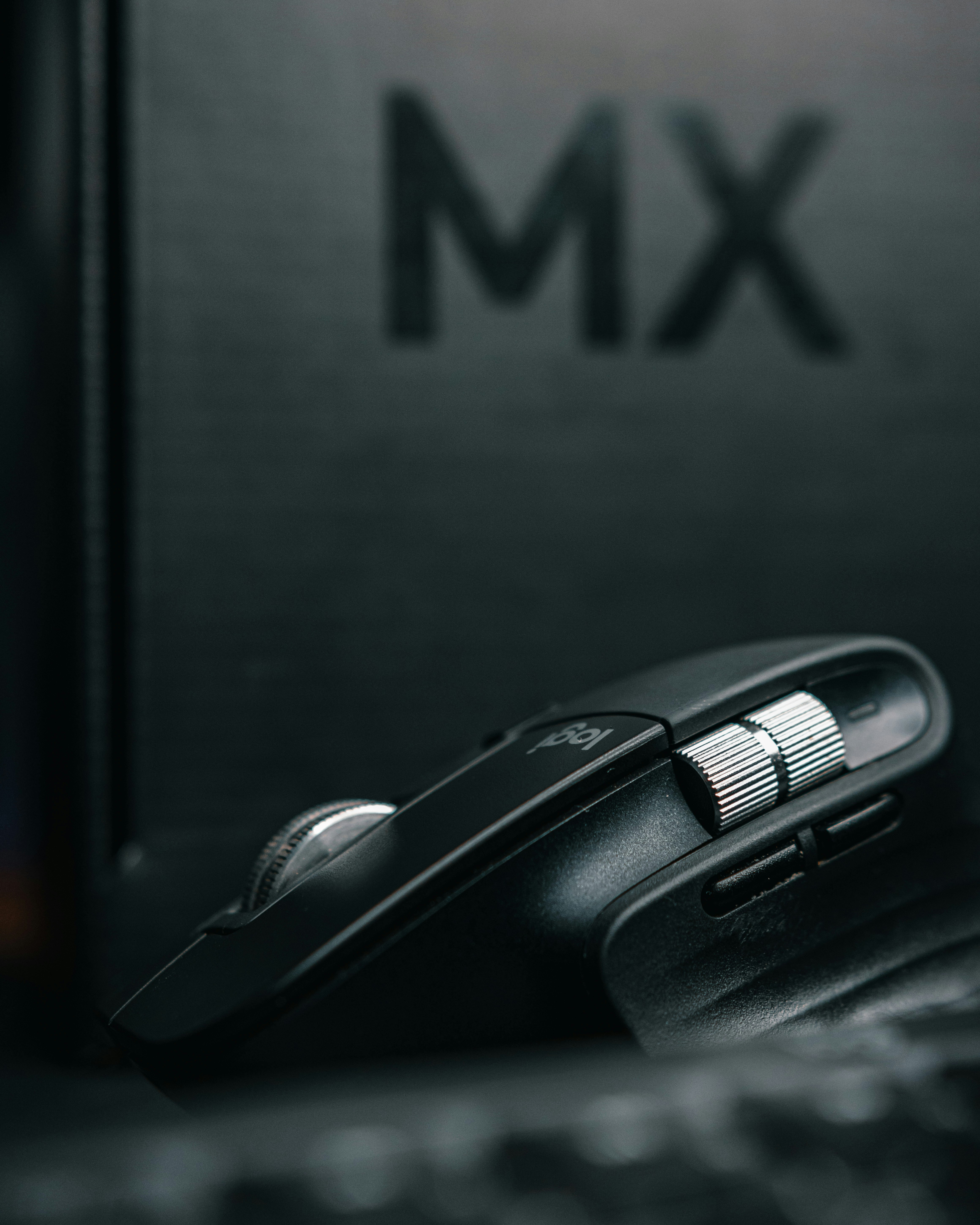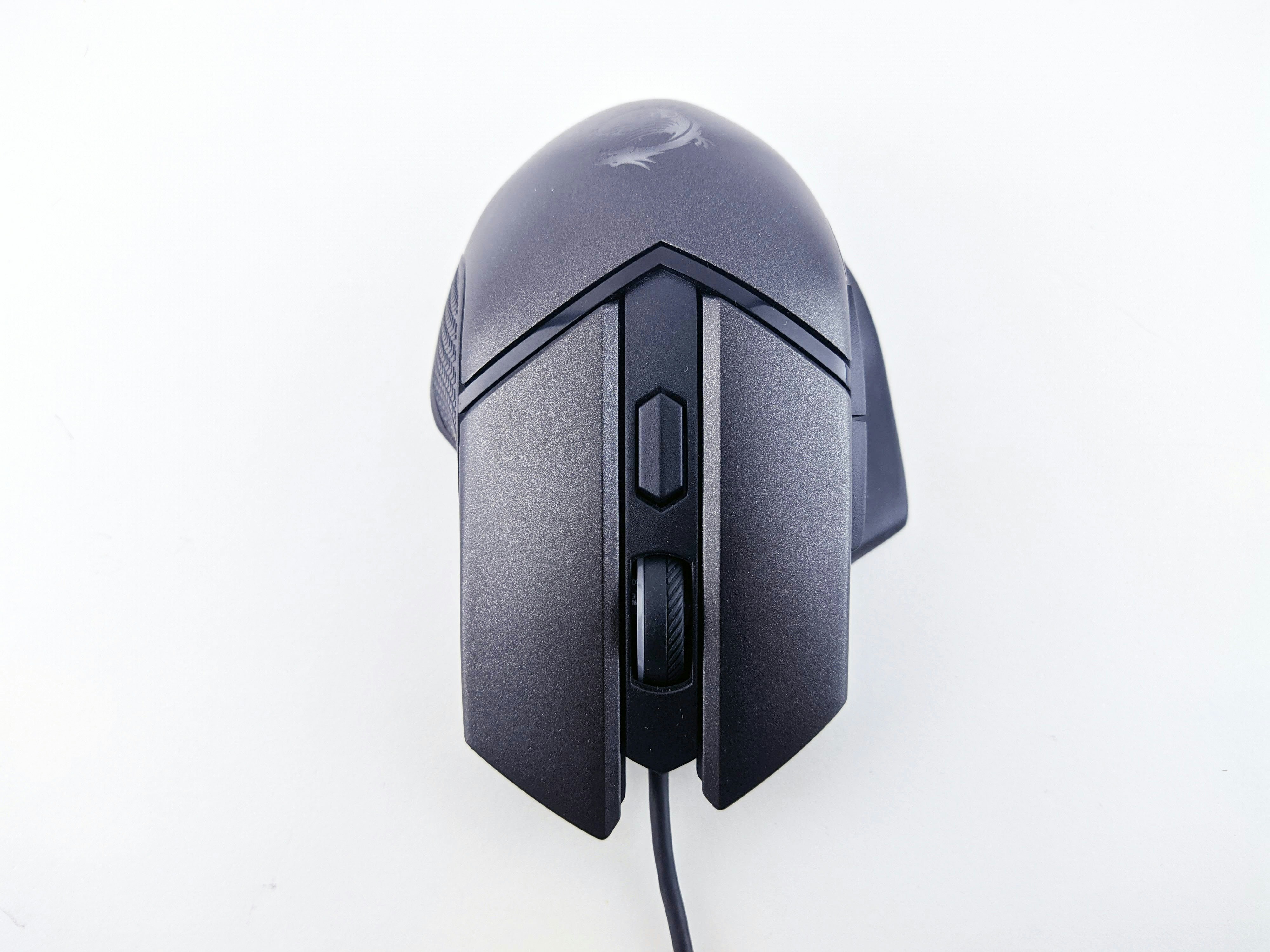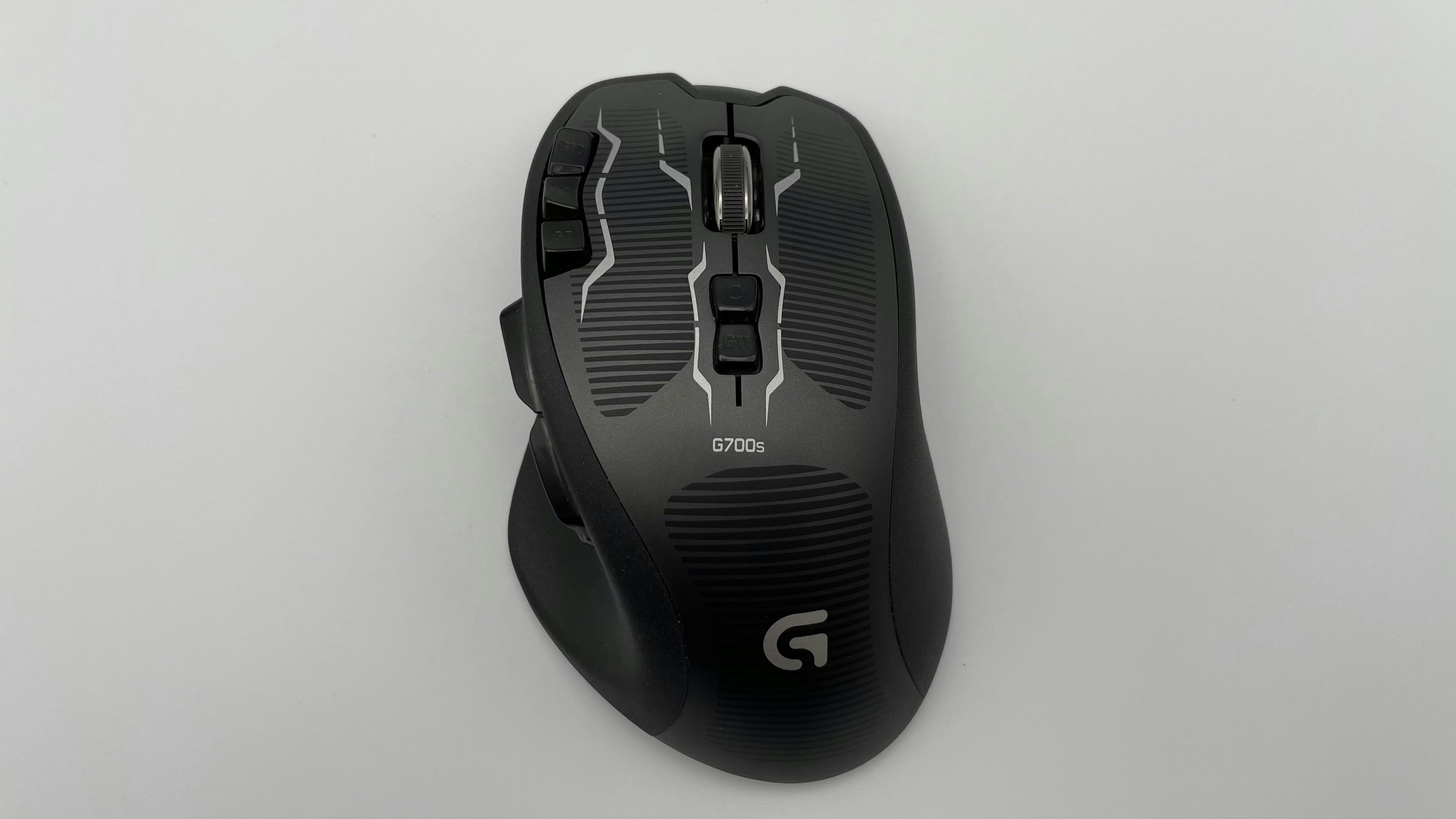
Introduction
The Logitech MX Master series has been a cornerstone in the realm of advanced computer peripherals, particularly for professionals and gamers who require precision, comfort, and efficiency in their tools. Among these, the MX Master 3 and its successor, the MX Master 3S, stand out as flagship products designed to enhance productivity and gaming performance. Both mice have garnered considerable attention for their innovative features and ergonomic designs, which aim to meet the diverse needs of users in various environments.
The MX Master 3, released earlier, quickly became popular due to its comfortable thumb rest, customizable buttons, and seamless connectivity options. It is renowned for its impressive scroll wheel, which incorporates electromagnetic technology, allowing users to switch between smooth and precise scrolling. The mouse also boasts advanced tracking capabilities on different surfaces, a feature that appeals to graphic designers, video editors, and gamers alike.
Following this success, Logitech introduced the MX Master 3S, which brings enhancements that further optimize user experience. With improved sensors and additional configuration options, this updated model addresses the demands for higher performance and precision. The 3S variant retains much of what users loved about the original model while implementing subtle refinements aimed at improving ergonomics and responsiveness.
As we delve deeper into the specifics of these two models, it is essential to examine their features, performance, and design elements. Understanding these differences will guide potential buyers in making informed decisions regarding which mouse better suits their individual preferences and workflow requirements. The upcoming sections will present a comparative analysis to elucidate the strengths and weaknesses of the MX Master 3 and MX Master 3S.
Design and Build Quality
The MX Master 3 and MX Master 3S both exhibit a premium design and build quality that reflects their positions as high-performance ergonomic mice. Starting with their dimensions, the MX Master 3 measures 113 x 84.7 x 51 mm and weighs approximately 141 grams, while the 3S model has similar dimensions but with a slight reduction in weight to around 132 grams. This minor change in weight can contribute to a subtle increase in comfort during extended use, potentially alleviating fatigue for users reliant on a mouse for long hours.
Both models feature a sculpted design crafted to fit comfortably in the palm. The ergonomic contouring allows for a natural hand posture, which is essential for preventing strain over prolonged periods of use. The material selection on both mice is noteworthy; they utilize high-quality plastics that feel sturdy, with a soft-touch finish that enhances grip and comfort. Furthermore, the MX Master 3S introduces an updated surface texture that improves tactile feedback, creating a more satisfying experience for users.
Aesthetically, the MX Master 3S presents a subtle upgrade with new color options and a refined logo placement, enhancing its visual appeal. The overall design language of both models suggests sophistication and professionalism, making them suitable for both personal and workplace environments. When evaluating comfort, users of the MX Master 3S may notice improvements in button placement and the tactile response of the scroll wheel, enhancing usability during tasks that require precision. In essence, while both models share a similar foundational design, the MX Master 3S offers refinements and enhancements targeted at the user experience, ensuring that both aesthetics and functionality are prioritized for those seeking a reliable ergonomic mouse.
Sensor Technology and Performance
The Logitech MX Master 3 and its successor, the MX Master 3S, are equipped with cutting-edge sensor technology that significantly impacts their performance. Both models feature Darkfield sensor technology, which allows for high precision tracking on various surfaces, including glass. However, there are notable differences in their DPI ranges and overall tracking capabilities that are essential for users to understand.
The MX Master 3 offers an impressive DPI range of 200 to 4,000. This range provides versatility for a variety of tasks, making it suitable for general use as well as for graphic designers who demand accuracy when working with detailed images. The device’s ability to adjust DPI on-the-fly allows users to switch between slow precision movements and fast navigation seamlessly, enhancing the overall user experience.
In contrast, the MX Master 3S boasts a remarkable DPI range of 200 to 8,000. This enhancement in sensor capability means that the 3S can deliver even greater precision and speed, particularly for users with high-resolution displays or those who require fine control over their cursor movement. The extended DPI range allows for smoother transitions across screens, making it an advantageous tool for multitasking and productivity.
Additionally, the MX Master 3S is designed to perform exceptionally well on a wider range of surfaces, demonstrating improved tracking performance compared to its predecessor. This advancement is particularly beneficial for users who work in diverse environments or utilize various desk materials. The precision offered by the upgraded sensor technology ensures a consistent and reliable experience across all types of tasks.
In conclusion, while both the MX Master 3 and the 3S deliver exceptional tracking capabilities, the enhancements in the MX Master 3S’s sensor technology provide a notable edge for users who prioritize precision and versatility in their workflow.
Battery Life and Charging
The battery performance is a critical factor in evaluating the MX Master 3S and its predecessor, the MX Master 3. Both mice are designed for professionals and gamers who prioritize long-lasting battery life and convenience in charging methods. In terms of battery capacity, the MX Master 3S boasts an impressive longevity, capable of lasting up to 70 days on a full charge. Conversely, the MX Master 3 can also achieve substantial battery life but typically offers around 60 days under similar usage conditions. This difference highlights the improvements made in the MX Master 3S model in terms of energy efficiency.
Charging methods also vary between the two devices. The MX Master 3S features a modern USB-C port, aligning with contemporary standards for electronic devices. This transition to USB-C facilitates quicker charging and greater compatibility with various chargers and devices. Users can enjoy the convenience of using a single cable for multiple gadgets, significantly enhancing usability. On the other hand, the MX Master 3 utilizes a micro USB port, which, while still functional, may not provide the same level of compatibility and convenience that users expect from newer technology.
Charging speed is another vital aspect to consider. Both models support quick charging, allowing users to obtain several hours of usage from just a few minutes of charging. Specifically, a full charge for both devices takes approximately two hours, but USB-C allows for potentially faster charging through more efficient power delivery methods. Therefore, those frequently on the go may find the MX Master 3S’s charging capabilities more advantageous. In conclusion, when assessing battery life and charging options, the MX Master 3S clearly stands out as the superior choice for extended use and convenience.
Customization and Software Features
The Logitech MX Master 3S and MX Master 3 share a robust set of customization options through the Logitech Options software. This software serves as a crucial tool for users looking to optimize their workflow by assigning specific functions to programmable buttons. Both models include customizable buttons that can be tailored to suit various applications, enhancing productivity. For instance, users can assign common tasks such as copy, paste, or frequently used functions to these buttons, allowing for more streamlined operations.
In addition to programmable buttons, both the MX Master 3 and MX Master 3S provide gesture control capabilities. Users can perform actions such as scrolling, zooming, or switching between applications simply by using specific finger movements on the trackball. This level of interaction is designed to facilitate a more intuitive computing experience, accommodating the workflow of diverse users, whether they are designers, engineers, or general office workers.
The MX Master 3S distinguishes itself with updated features in the Logitech Options software. Among these enhancements is improved firmware integration, which enables better performance of the gesture controls and more responsive actions. Additionally, the software offers refined tracking precision and improved customization for the side scroll wheel, allowing users to adjust scrolling speeds based on their preferences. Furthermore, the MX Master 3S includes advanced dark field sensor technology that enhances functionality on a wider range of surfaces, even on glass.
Overall, both the MX Master 3 and MX Master 3S cater to users looking for extensive customization. However, the unique software features and upgrades offered by the 3S make it a more compelling choice for those seeking enhanced functionality and precision in their everyday computing tasks.
Connectivity Options
The connectivity options provided by the MX Master 3S and its predecessor, the MX Master 3, are essential considerations for users looking for a versatile and efficient mouse. Both models offer dual connectivity options, allowing users to connect via Bluetooth or a USB receiver. This versatility ensures that users can easily pair the mouse with multiple devices, whether they are using a laptop, desktop, or tablet.
With both mice featuring Bluetooth technology, users can connect to devices without the need for a USB port, making them suitable for use with modern laptops and tablets that often lack traditional ports. This is particularly useful for on-the-go professionals who require a lightweight and portable solution. The wireless USB receiver, which can be stored conveniently within the mouse, allows users to connect to their computers with minimal latency, providing a seamless experience during intensive tasks.
One notable enhancement in the MX Master 3S is its improved connectivity stability as well as the ease of switching between devices. Users can seamlessly toggle between up to three connected devices using the Easy-Switch button feature. This improvement is significant for individuals who frequently switch tasks between devices, allowing for a more fluid workflow without the need to disconnect and reconnect each time.
The improved version of the MX Master 3S also boasts a lower latency in Bluetooth connection, which can enhance performance during activities that demand precise movements, such as graphic design or gaming. Overall, both mice maintain robust connectivity options, yet the MX Master 3S emerges as a more refined choice for users prioritizing convenience and efficiency in their daily tasks.
Price Comparison
When evaluating the MX Master 3 and MX Master 3S, it is crucial to consider the pricing structure of both models. The MX Master 3 typically has a lower price point compared to the newer MX Master 3S, which situates itself as a more premium option in Logitech’s lineup. As of October 2023, the MSRP for the MX Master 3 hovers around $99.99, while the MX Master 3S can be found for approximately $109.99 to $129.99, depending on sales and promotions available at retailers.
In assessing the potential for value, it is essential to weigh the features that differentiate the MX Master 3S from its predecessor. The 3S model incorporates several enhancements, notably improved sensor technology that supports up to 8,000 DPI, making it particularly appealing for professional users and gamers who require precision. Additionally, the MX Master 3S benefits from quieter buttons and advanced hyper-fast scrolling, resulting in a more refined user experience. These upgrades can justify the increased price point, especially for individuals seeking the latest technology.
However, some users may find sufficient performance within the MX Master 3, which still offers excellent ergonomics and functionality suited for general productivity tasks. The decision ultimately hinges on individual needs and budget considerations. For those who prioritize state-of-the-art capabilities and superior performance, investing in the MX Master 3S may be advantageous. Conversely, for users who require a reliable and effective mouse without the latest enhancements, the MX Master 3 stands as a compelling value for its price, providing the necessary features to support diverse computing tasks.
User Experience and Feedback
The Logitech MX Master 3S and its predecessor, the MX Master 3, have garnered substantial user feedback since their respective launches. The feedback highlights both the strengths and weaknesses of each model, providing potential buyers with valuable insights into user experiences.
One of the most significant advantages of the MX Master 3S that users frequently mention is its updated sensor technology. The 8,000 DPI precision sensor is particularly praised for its accuracy and performance on a variety of surfaces, including glass. This feature is especially beneficial for graphic designers and gamers who require high precision. Users also appreciate the enhanced ergonomics of the MX Master 3S, which offers a comfortable grip for prolonged use, reducing hand fatigue during extensive work sessions. Moreover, the quiet clicks and improved scroll wheel mechanism received positive remarks, allowing for a more seamless and less intrusive user experience.
On the other hand, the MX Master 3, while still highly regarded, has received some mixed reviews. Users commend its initial performance and features, particularly the multi-device capability, which allows seamless switching between connected devices. However, some users report issues with durability over time, citing concerns about wear on the scroll wheel and the overall build quality. Additionally, battery life, while commendable, is an area where users feel could see improvements, especially in demanding use scenarios. Feedback suggests that while the MX Master 3 remains a solid choice, it may not match the longevity seen in the 3S variant.
Overall, user experiences reveal a clear preference for the MX Master 3S among those looking for cutting-edge technology and enhanced comfort. Yet, the MX Master 3 still holds its ground as a capable option for users prioritizing value and core functionalities. The choice largely depends on individual needs and the importance placed on the latest advancements in mouse technology.
Conclusion: Which to Buy?
In the comparison between the MX Master 3 and the MX Master 3S, potential buyers are presented with key differences and similarities that could influence their decision. Both models maintain the classic ergonomic design, ensuring comfort during extended use. However, the MX Master 3S offers significant advancements, particularly in sensor technology and responsiveness, making it a more appealing option for users who prioritize precision and performance in their tasks.
One of the primary differences lies in the DPI settings; the MX Master 3S features an upgraded sensor with a higher DPI range, allowing for more refined control over on-screen movements. This advancement makes it particularly beneficial for professional users, including graphic designers and gamers, who demand higher precision in their workflows. Additionally, the quieter click mechanism on the MX Master 3S can contribute to a more subdued working environment, reducing distractions for both the user and those nearby.
On the other hand, the MX Master 3 remains a competent choice for those who may be budget-conscious. While it lacks some of the latest enhancements of the MX Master 3S, it still offers robust performance and comfort that many users will find satisfactory for everyday tasks. The MX Master 3’s reliability makes it a sensible option for general use, particularly for students or professionals in positions that do not require the additional functionality offered by its successor.
Ultimately, the decision on which mouse to purchase should align with individual requirements and preferences. For users who seek cutting-edge technology and greater adaptability, the MX Master 3S represents a worthwhile investment. However, for those whose needs are adequately met by a capable yet basic model, the MX Master 3 offers excellent value without compromising quality.


